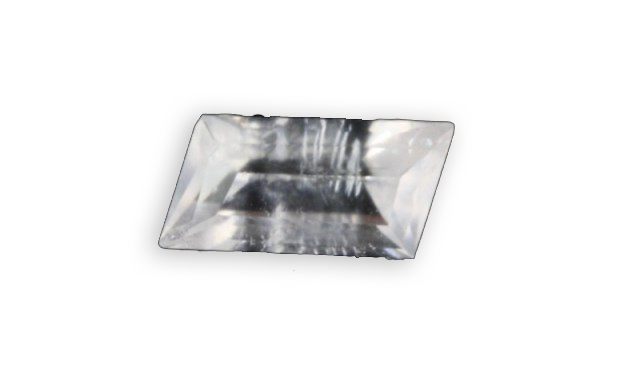
catapleiite
Discovered in 1850 in Norway, its name comes from the Greek “kata” and “pleios” which means “with many” in analogy with the fact that it is always associated with other minerals.
Je vous emmène à travers mes vidéos découvrir mon expérience acquise depuis plus de 30 ans a silloner le globe entier à la recherche de pierres précieuses, de rencontre mémorables mais aussi de difficulté parfois …

Discovered in 1850 in Norway, its name comes from the Greek “kata” and “pleios” which means “with many” in analogy with the fact that it is always associated with other minerals.
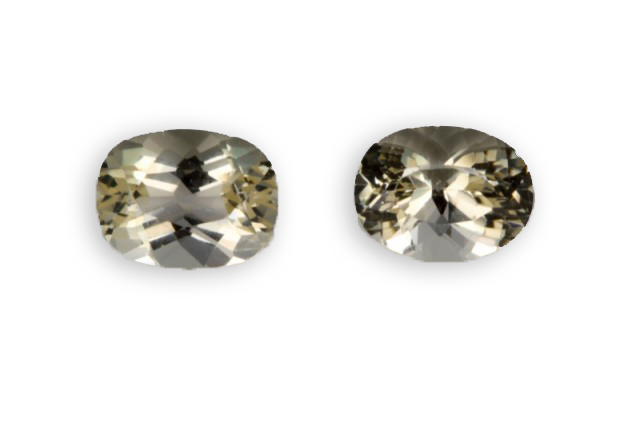
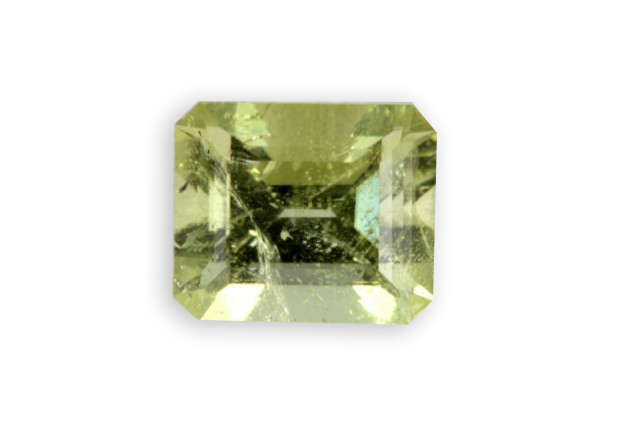
It is its discovery near the town of Conseilheira Pena, in Minas Gerais (Brazil) in 1945 by Pough, which gave its name (Brazil is written Brasil in Brazilian).
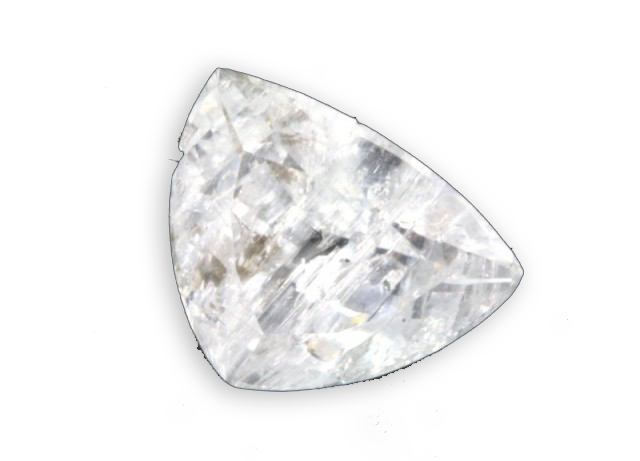
So called because of the presence of beryllium, it was named by James Dana in 1888.
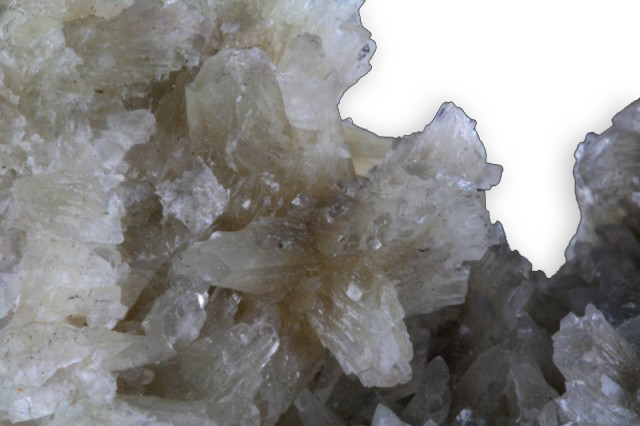
Discovered in 1824 in England, it was named after its composition, it contains barium as much as barite and it is a carbonate (calcium, as calcite, but with the addition of barium).
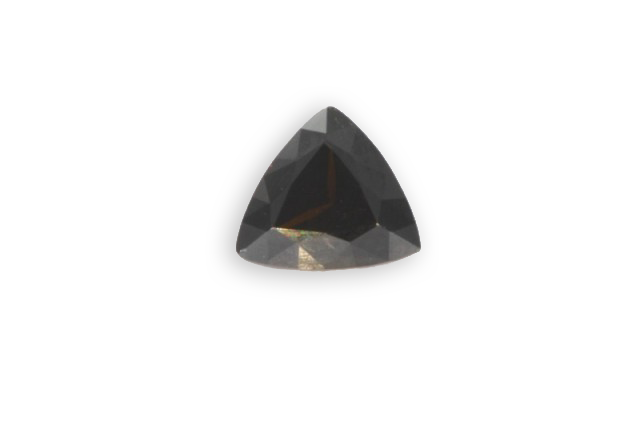
Its name honors Joseph Baddeley, who identified it in 1892 in some samples coming from Sri Lanka. This is the basic material used to manufacture synthetic zirconium oxide by the method of autocreuset to 2750 ° C.